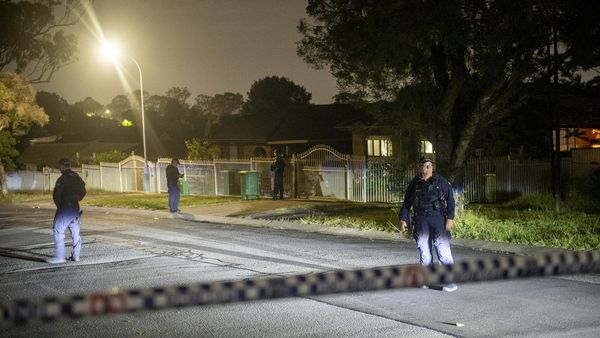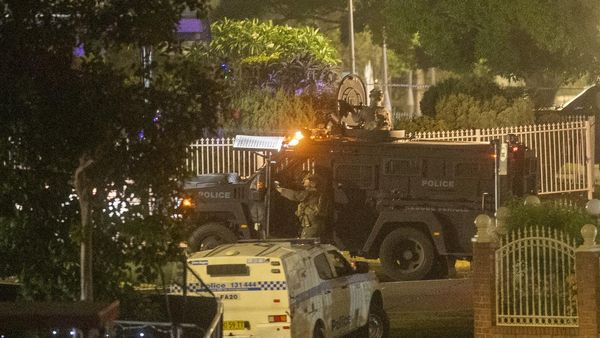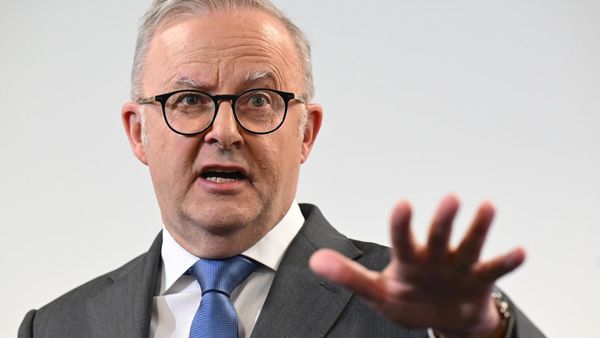The first report from the 2021 census has revealed the population changes in all 10 boroughs of Greater Manchester. Wigan's population has grown the least in the last decade, at 3.6%, while in contrast Salford's has grown the most.
In fact, the largest largest population increases in the North West have been seen in Salford and Chorley, where the populations have grown by 15.4% and 9.9%, respectively. Overall, the latest data from the Office of National Statistics (ONS) shows that the population of England and Wales has increased by more than 3.5 million in the 10 years leading up to Census 2021.
There were 59,597,300 people living in England and Wales on 21 March 2021, the day of the latest census. This is over 3.5 million more (6.3%) than in 2011 and is the largest census population ever recorded.
Read more: Census 2021: How population has changed where you live in England and Wales by area
The census takes place across the UK every 10 years and provides the most accurate estimate of all the people and households in the country. Its results are used by a range of organisations including governments, councils and businesses, and underpins everything from the calculation of economic growth and unemployment to helping plan schools, health services and transport links.
Data from the 2021 census for England and Wales will be published in stages over the next two years, the ONS said. Future releases will include figures on ethnicity, religion, the labour market, education and housing plus – for the first time – information on UK armed forces veterans, sexual orientation and gender identity.
Here is a full list of the population on census day 2021 for each Greater Manchester borough, as well as how they've changed from the 2011 census, according to data published by the ONS.
Bolton
In Bolton, the population size has increased by 6.9%, from around 276,800 in 2011 to 296,000 in 2021. This is higher than the overall increase for England (6.6%), where the population grew by nearly 3.5 million to 56,489,800.
In 2021 Bolton ranked 46th for total population out of 309 local authority areas in England, which is a fall of two places in a decade.
Bury
In Bury, the population size has increased by 4.7%, from around 185,100 in 2011 to 193,800 in 2021. This is lower than the overall increase for England (6.6%), where the population grew by nearly 3.5 million to 56,489,800.
At 4.7%, Bury's population increase is slightly lower than the increase for the North West (5.2%). In 2021, Bury ranked 97th for total population out of 309 local authority areas in England, which is a fall of one place in a decade.
Manchester
In Manchester, the population size has increased by 9.7%, from around 503,100 in 2011 to 552,000 in 2021. This is higher than the overall increase for England (6.6%).
At 9.7%, Manchester's population increase is higher than the increase for the North West (5.2%). In 2021, Manchester ranked sixth for total population out of 309 local authority areas in England, moving up two places in a decade.
Oldham
In Oldham, the population size has increased by 7.6%, from around 224,900 in 2011 to 242,100 in 2021. This is higher than the overall increase for England (6.6%), where the population grew by nearly 3.5 million to 56,489,800.
Oldham's population increase is higher than the increase for the North West (5.2%). In 2021, Oldham ranked 74th for total population out of 309 local authority areas in England, moving up one place in a decade.
Rochdale
In Rochdale, the population size has increased by 5.7%, from around 211,700 in 2011 to 223,800 in 2021. This is lower than the overall increase for England (6.6%), where the population grew by nearly 3.5 million to 56,489,800.
Rochdale's population increase is slightly higher than the increase for the North West (5.2%). In 2021, Rochdale ranked 79th for total population out of 309 local authority areas in England, maintaining the same position it held a decade ago.
Salford
In Salford, the population size has increased by 15.4%, from around 233,900 in 2011 to 269,900 in 2021. This is higher than the overall increase for England (6.6%), where the population grew by nearly 3.5 million to 56,489,800.
Salford's population increase is higher than the increase for the North West (5.2%). In 2021, Salford ranked 59th for total population out of 309 local authority areas in England, moving up 12 places in a decade.
Stockport
In Stockport, the population size has increased by 4.1%, from around 283,300 in 2011 to 294,800 in 2021. This is lower than the overall increase for England (6.6%), where the population grew by nearly 3.5 million to 56,489,800.
Stockport's population increase is lower than the increase for the North West (5.2%). In 2021, Stockport ranked 47th for total population out of 309 local authority areas in England, which is a fall of six places in a decade.
Tameside
In Tameside, the population size has increased by 5.4%, from around 219,300 in 2011 to 231,100 in 2021. This is lower than the overall increase for England (6.6%), where the population grew by nearly 3.5 million to 56,489,800.
Tameside's population increase is slightly higher than the increase for the North West (5.2%). In 2021, Tameside ranked 77th for total population out of 309 local authority areas in England, moving up one place in a decade.
Trafford
In Trafford, the population size has increased by 3.8%, from around 226,600 in 2011 to 235,100 in 2021. This is lower than the overall increase for England (6.6%), where the population grew by nearly 3.5 million to 56,489,800.
Trafford's population increase is lower than the increase for the North West (5.2%). In 2021, Trafford ranked 75th for total population out of 309 local authority areas in England, which is a fall of one place in a decade.
Wigan
In Wigan, the population size has increased by 3.6%, from around 317,800 in 2011 to 329,300 in 2021. This is lower than the overall increase for England (6.6%), where the population grew by nearly 3.5 million to 56,489,800.
At 3.6%, Wigan's population increase is lower than the increase for the North West (5.2%). In 2021, Wigan ranked 31st for total population out of 309 local authority areas in England, which is a fall of six places in a decade.
Read next:
- Woman, 21, given terrifying diagnosis after visiting GP with blurred vision
- Protesters BOO Andy Burnham at first public meeting since release of damning Child Sexual Exploitation report
- ITV Coronation Street first-look wedding photos that include nod to the past
- A ringleader of Rochdale's infamous sex grooming gang has avoided deportation, tribunal hears
- "I'm on less than minimum wage..." Manchester's courts grind to a halt after barristers walk out in pay row







